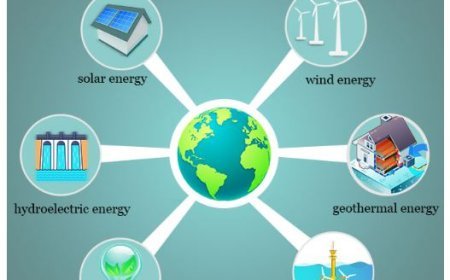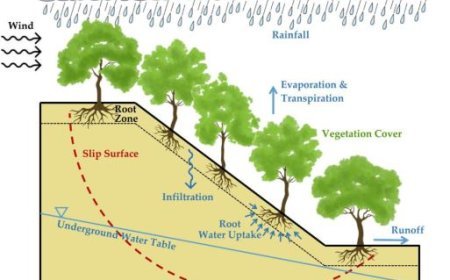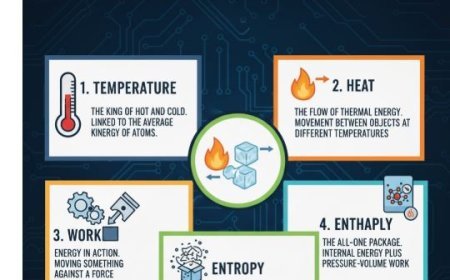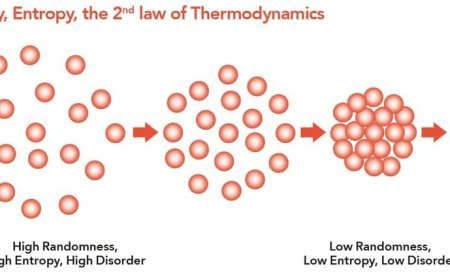Analysis of Infrared Techniques
Learn how infrared techniques such as spectroscopy, thermal imaging, lasers, and thermography work. Explore IR radiation types, applications in science and technology, advantages, and remote sensing benefits.

Analysis of Infrared Techniques
- Infrared techniques play a crucial role in physics and are widely applied in scientific research and everyday technology.
- Infrared (IR) energy is part of the electromagnetic spectrum, with wavelengths longer than visible light but shorter than microwaves.
1. Infrared Radiation
1.1 What It Means
- Infrared light is invisible to the human eye, but it can be felt as heat.
- Its wavelengths range from 700 nanometers (nm) (just beyond visible light) to 1 millimeter (mm).
1.2 Types of Infrared Light
Infrared light is classified into three main groups based on wavelength:
- Near-Infrared (NIR): 700–1,400 nm. Used in fiber optics and remote controls.
- Mid-Infrared (MIR): 1,400–3,000 nm. Essential for chemical sensing and thermal imaging.
- Far-Infrared (FIR): 3,000 nm–1 mm. Typically associated with heat radiation from room-temperature objects.
2. Techniques Using Infrared Radiation
Infrared techniques utilize the unique properties of infrared radiation for various applications in technology and physics. Key techniques include:
2.1 Thermal Imaging
- How It Works: Thermal cameras detect infrared radiation emitted by objects based on their temperature. Warmer objects emit more infrared radiation than cooler ones.
- Applications: Used in firefighting, building inspections, and medical fever detection.
2.2 Infrared Spectroscopy
- Principle: Infrared light is shined on a sample, and its absorption or reflection is analyzed to determine its composition. Each material has a unique infrared "fingerprint".
- Applications: Used in scientific analysis, environmental monitoring, and the food industry for moisture content measurement.
2.3 Laser-Based Infrared Techniques
- How It Works: Infrared lasers focus highly precise light beams for imaging and measurements.
- Applications: Commonly used in medical procedures, telecommunications, and industrial processing.
2.4 Infrared Thermography
- How It Works: Thermal cameras convert infrared radiation into visible images showing temperature distribution across an object.
- Applications: Used in electrical system inspections, motor diagnostics, and building insulation testing.
3. Advantages of Infrared Techniques
Infrared methods offer several benefits that make them indispensable in scientific and industrial applications.
3.1 Non-Destructive Testing
- Infrared techniques allow for inspection without causing damage, making them valuable in engineering and manufacturing.
3.2 Increased Safety
- Infrared technology enhances safety by detecting hotspots and potential hazards in various fields such as construction and healthcare.
3.3 Remote Sensing
- Infrared techniques enable data collection from a distance.
- Example: Satellites equipped with infrared cameras track environmental changes and assist in disaster management.
What's Your Reaction?



































